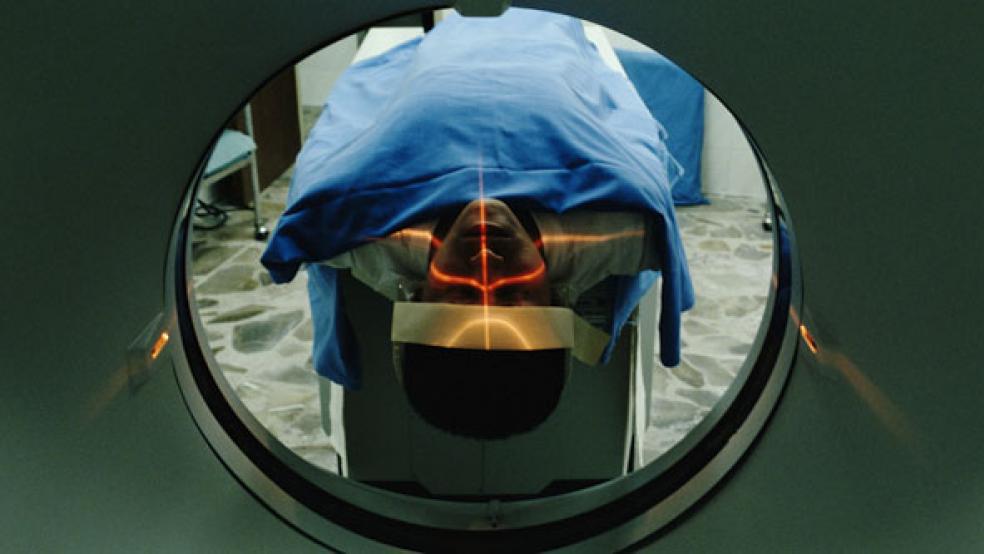It all began when Dr. Renee Hsia of the University of California at San Francisco received a simple request from a good friend who had checked into a local hospital for an emergency appendectomy. The fairly routine procedure took place 19,368 times during 2009 in California.
RELATED: The Plot to Keep Health Care Prices from Consumers
After he returned home, he received a bill from the hospital for $19,000, his co-payment for the parts of the $54,000 operation that his insurance company didn’t cover. “He wanted to know if this was the usual and customary charge for a one-day stay in the hospital,” she recalled.
And thus began her research into pricing variability in the state, which was published this week in the Archives of Internal Medicine. The prices ranged from $1,529 to $182,955 with the median hospital charge of $33,611, the study showed.
The prices not only varied between hospitals, they varied within hospitals. The largest spread occurred at one hospital, which Hsia wouldn’t reveal, where the cheapest appendectomy went for $7,504 while the most expensive charged was $171,696. There were numerous hospitals where the spread was $100,000 or more.
“They had the same diagnosis, but different things could have been done,” she said. For instance, one patient could have had multiple imaging tests and robotic laparoscopy, while the other received no imaging and a regular laparoscopy. There’s no evidence to suggest one set of alternatives had better outcomes than the other.
The patients also were charged different rates based on their insurance coverage. Medicaid pays the least while people with either no insurance or in individual plans that don’t negotiate rates paid the most.
She saw no solution in publishing prices or shopping around. “It’s not like when you check into a hospital with an emergency that you can ask for an estimate,” she said. “People shouldn’t have to wonder about that when they need care. As a consumer, you don’t get to choose when it’s an emergency.”
It’s not just the patients who are in the dark. The physicians have no incentive to pay attention to the cost of what they order. “Our findings suggest that there are inherent limitations of market theory within the health care system,” she and her co-authors concluded.





